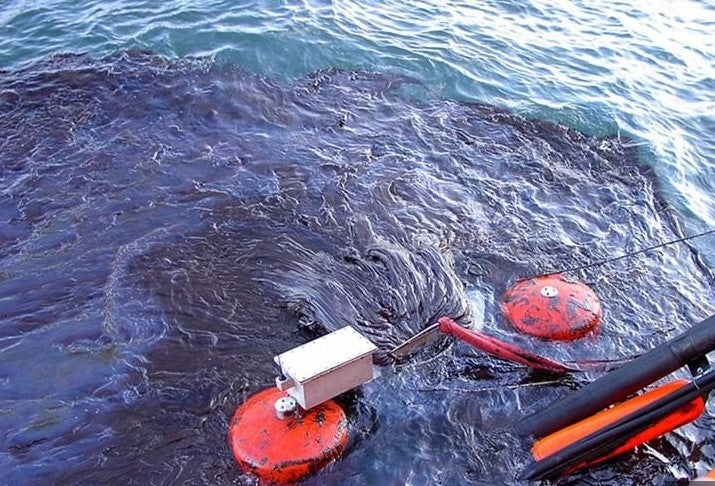
New Advancements in Oil Spill Detection and Management
Ashton RouthierShare
Overview
The novel approach to oil spill detection using radar power reflectivity values represents a significant advancement in environmental monitoring. By integrating this technology with drone platforms, it offers a robust solution for tactical responses during oil spills, complementing existing satellite-based methods. Despite the challenges that remain, such as ensuring consistent performance in varying conditions and studying the feasibility of hardware implementation, this research marks a crucial step forward. As the approach continues to be refined, it holds the promise of becoming an essential operational tool for effective oil spill intervention, paving the way for more efficient and timely responses to environmental disasters.

A Novel Approach to Oil Spill Detection Using Radar Power Reflectivity
Recent research has demonstrated a significant advancement in oil spill detection through the processing of radar power reflectivity values. This novel approach, utilizing nadir-looking systems under weather conditions suitable for cleaning operations, can detect, estimate, and classify thick oil slicks up to 10 mm in thickness. The accuracy of these functions depends on the selected statistical algorithm, marking a major step forward in providing critical information for effective contingency plans during the early stages of an oil spill.
Integration with Drone Platforms for Tactical Responses
Implementing this approach on drone platforms enhances its suitability for tactical responses needed during contingency plans. This method complements state-of-the-art techniques, such as satellite-based Synthetic Aperture Radar (SAR), by effectively monitoring oil spills under calm ocean conditions and low wind speeds. The use of maximum-likelihood and machine learning statistical algorithms allows for rapid scene assessment, while the Artificial Neural Network (ANN) model ensures low complexity, low power consumption, and high accuracy, demonstrating the feasibility of onboard processing.
Addressing Challenges and Future Directions
Despite these advancements, several challenges remain. Further investigation is required at the algorithmic level to ensure consistent performance amid the variable dynamics of physical environments. Additionally, the complexity of the proposed approaches must be studied to determine their feasibility for implementation on hardware platforms for onboard processing. Tracking the oil spill, particularly on a small scale and under moderate wind speeds, is crucial and should be integrated into the drone-based solution, taking into account weather conditions and ocean state.
Moving Towards Operational Tools for Oil Spill Intervention
The proposed work serves as a proof of concept, significantly advancing oil-spill-related research and laying the foundation for the development of practical, operational tools for oil spill intervention. This project aims to address the critical need for improved technologies and methodologies to monitor, manage, and mitigate the impacts of oil spills.
By validating innovative approaches and demonstrating their feasibility, this research will provide valuable insights and data that can be used to refine and enhance existing systems. The focus is on integrating advanced detection techniques, predictive modeling, and automated response mechanisms to create a comprehensive suite of tools tailored for real-world application.
As this research progresses, it promises to substantially improve the capabilities of oil spill monitoring and management. The development of these tools will enable more precise and accurate detection of oil spills, facilitate better prediction of spill behavior and dispersion, and support quicker and more effective response strategies. This integrated approach ensures that environmental disasters are managed with greater efficiency and efficacy, minimizing the adverse effects on marine and coastal ecosystems.
source: https://www.intechopen.com/chapters/83462